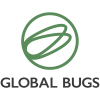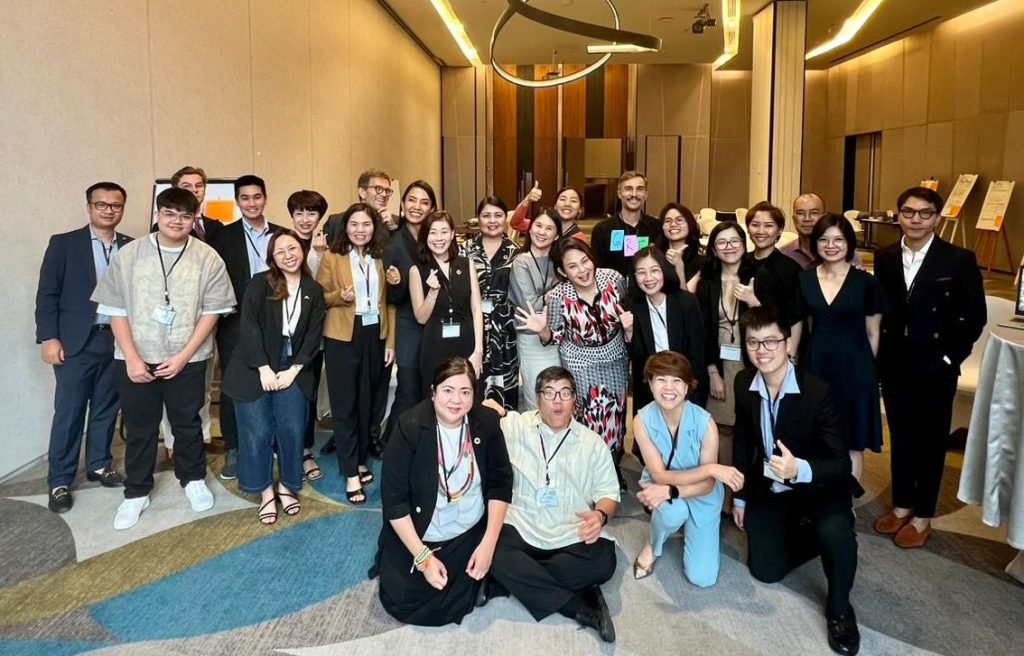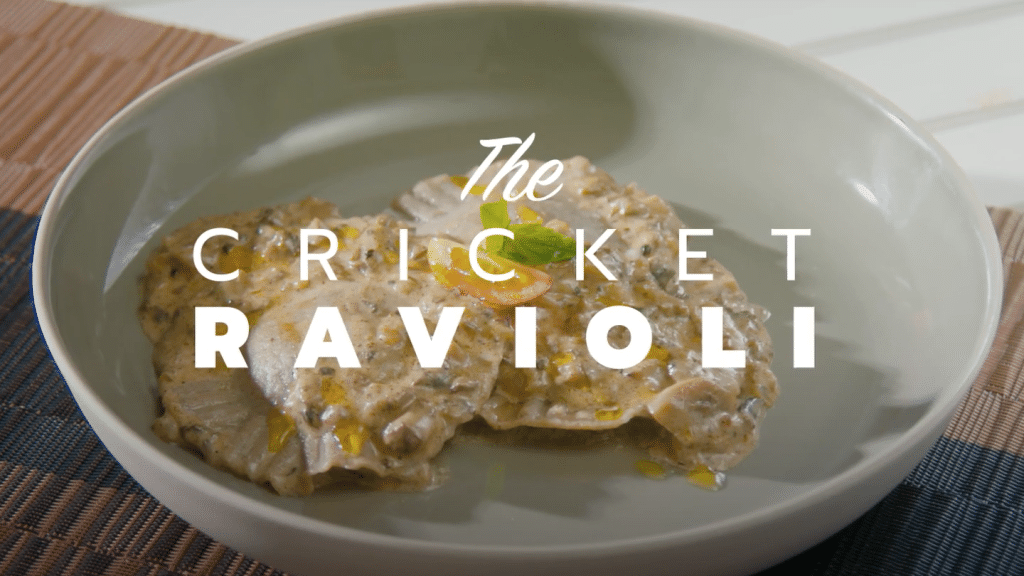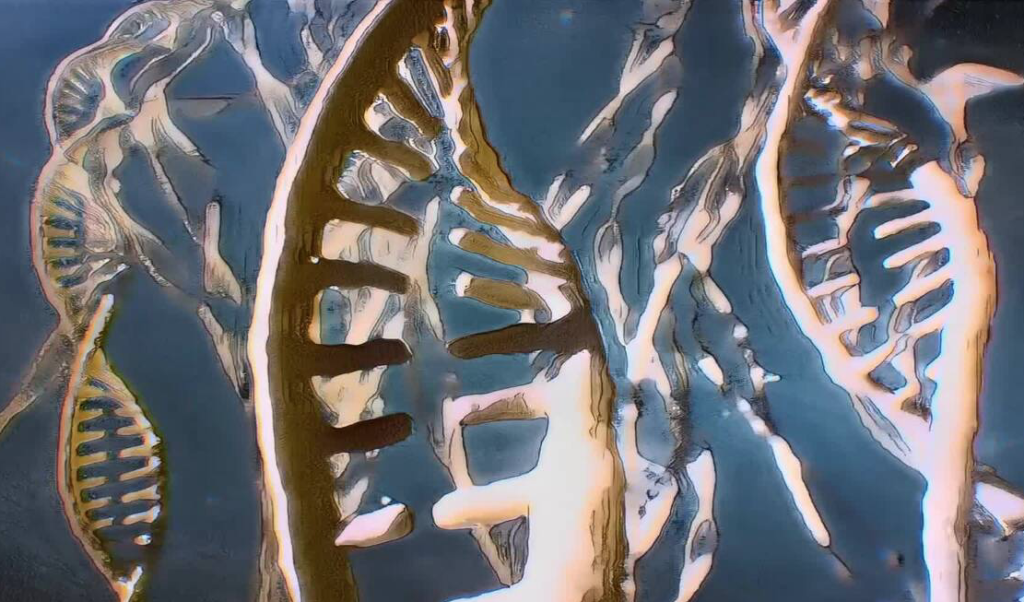Inroduction:
Insects have long been overlooked as a potential source of nutrition, but in recent years, edible crickets have emerged as a promising solution to global food security challenges. With their high protein and nutrient content, crickets offer a sustainable alternative to traditional livestock farming. However, to fully realize the potential of crickets as food and feed, it is essential to control the entire value chain, from their diet to the final product.
Challenges in Cricket Farming:
While the benefits of consuming crickets are evident, ensuring the quality and safety of these insects requires careful attention to the farming process. Decentralized cricket farming, where each producer manages their operation independently, poses significant risks of contamination and loss of nutritional value. In contrast, a controlled value chain allows for consistent monitoring and regulation of feed quality, ensuring that crickets receive optimal nutrition throughout their lifecycle.
Global Bugs Asia: Leading the Way:
Global Bugs Asia, a leading player in the edible insect industry, is a prime example of a company that recognizes the importance of controlling the entire value chain. By maintaining full control from feed to table, Global Bugs Asia ensures that their cricket products meet the highest standards of quality and consistency. They promise the same color, taste, and smell at all times, fulfilling the stringent demands of the food-producing industry.
Innovation and Beyond:
By controlling the entire value chain, we can guarantee the safety and nutritional quality of our cricket products. This approach involves carefully selecting feed ingredients to provide crickets with essential nutrients, monitoring environmental conditions to optimize growth, and implementing strict hygiene practices to minimize the risk of contamination. Furthermore, a controlled value chain enables us to innovate and experiment with new feeding strategies to enhance the nutritional content and flavor profile of our cricket products. By investing in research and development, we can continuously improve the quality of our crickets, making them more appealing to consumers and expanding their market potential.
Additionally, the nutritional and therapeutic potential of insect-derived proteins is increasingly recognized in scientific research. There is a growing interest in exploring alternative protein sources, particularly crickets, with a focus on protein hydrolysates derived from the house cricket (Acheta Domesticus). These hydrolysates are considered potential functional food ingredients due to their high protein content and unique bioactive properties, especially their anti-inflammatory capabilities.
In tests, our cricket protein hydrolysate showed significant inhibitory effects on Alzheimer’s Disease (AD) related enzymes, including acetylcholinesterase (AChE), butyrylcholinesterase (BChE), and BACE-1. Further studies using a Drosophila model of AD provided compelling in vivo evidence of the hydrolysate’s efficacy.
Remarkably, AD flies treated with 1000 mg/mL cricket hydrolysate exhibited improved climbing index, reduced β-secretase activity, and lower levels of Aβ1–42 peptides, comparable to the effects of the standard AD drug, donepezil. Moreover, pre-treatment with cricket protein hydrolysate significantly decreased the expression of proinflammatory cytokines and reactive oxygen species (ROS) in a lipopolysaccharide (LPS)-induced inflammation model.
In summary, cricket hydrolysate could be a promising candidate for developing alternative therapeutic agents for AD, offering insights into the potential of entomophagy in neurodegenerative disease management.
Conclusion:
In addition to food and feed, crickets offer a multitude of benefits that extend beyond nutritional value. Their use in ethnomedicine, pest management, and cultural practices highlights the diverse ways in which these insects contribute to human well-being and environmental sustainability.
In conclusion, crickets have the potential to revolutionize the way we think about food and feed production. However, to realize this potential, it is crucial to control the entire value chain, from cricket feed to the final product. By doing so, we can ensure the safety, quality, and sustainability of cricket farming, paving the way for greater acceptance and utilization of these remarkable insects.
Furthermore, it is worth noting that Global Bugs Asia is presently setting up a Joint Venture in Singapore for R&D purposes. The new JV will be presented during the biannual conference “Insects to Feed the World” held in Singapore on June 19-22.





